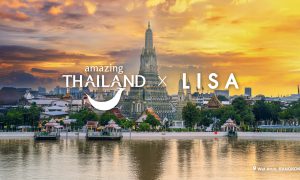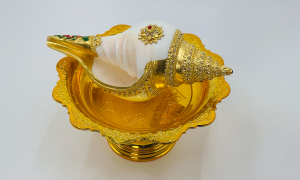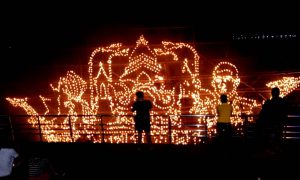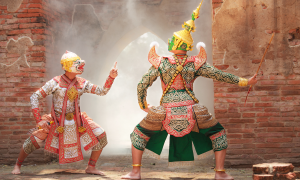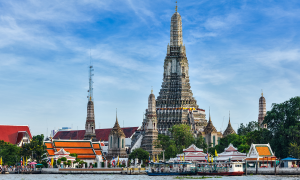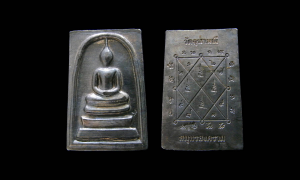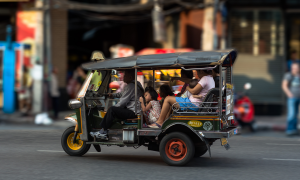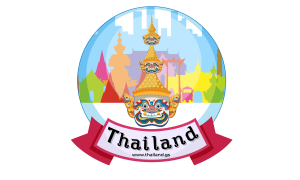“Discover the Temple of the Emerald Buddha — Thailand’s most sacred landmark. Marvel at glittering golden spires, intricate murals, and the revered Emerald Buddha itself. A must-visit jewel of Bangkok’s Grand Palace.”
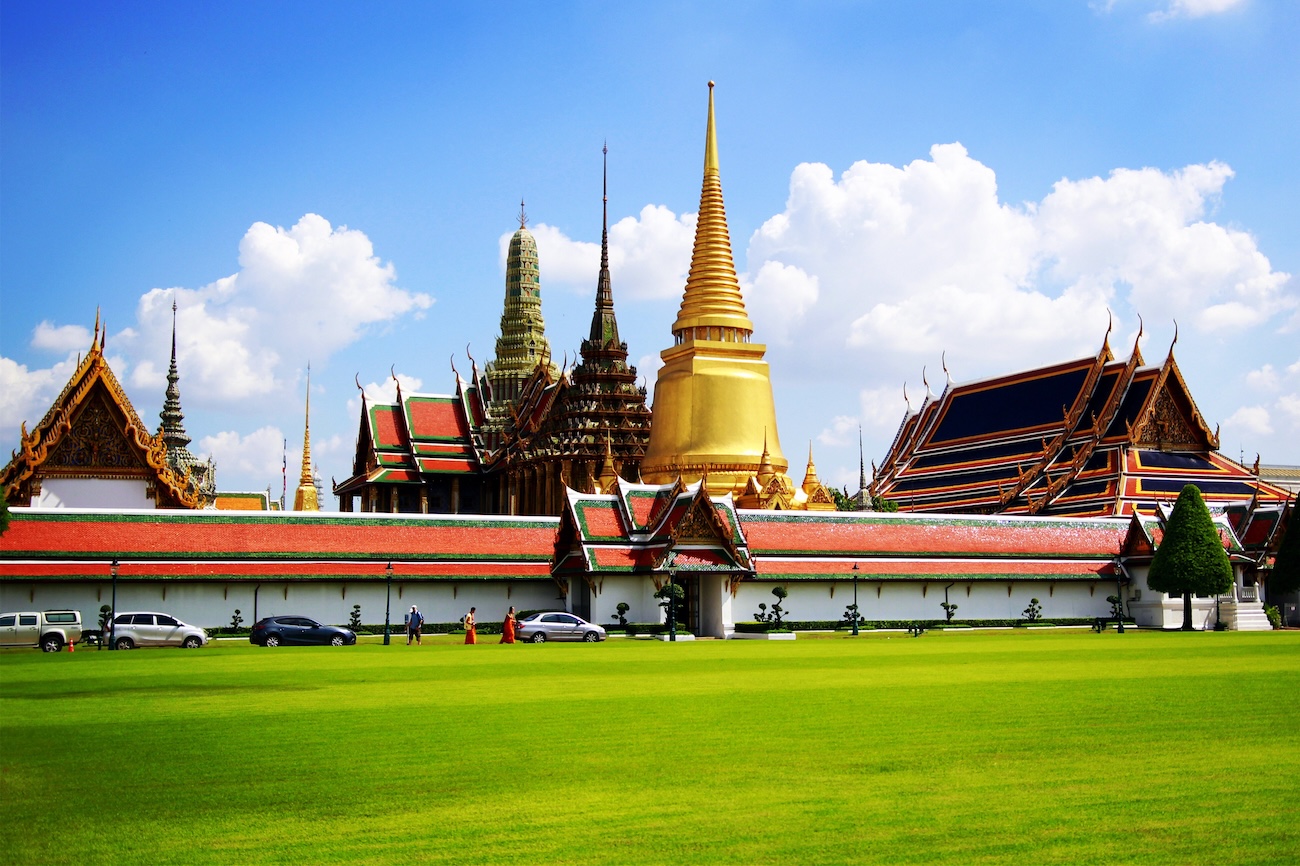
Wat Phra Si Rattana Satsadaram, commonly known as the Temple of the Emerald Buddha (Wat Phra Kaew), is situated within the Grand Palace in Bangkok. Its layout resembles Wat Phra Si Sanphet of the old royal palace in Ayutthaya. Today, it is under the supervision of the Bureau of the Royal Household, through the Office of Wat Phra Si Rattana Satsadaram, which was formerly the Office of the Royal Treasury before its functions relating to royal assets were transferred.
The temple was founded in 1782 by King Rama I, the Great Founder of the Chakri Dynasty, alongside the construction of the Grand Palace and the establishment of Bangkok as the capital of the Rattanakosin Kingdom. It was built to enshrine the sacred Emerald Buddha (Phra Phuttha Maha Mani Rattana Patimakorn) and to serve as a royal chapel for important religious ceremonies. Unlike other temples, Wat Phra Kaew has no resident monks, as it consists solely of the Phutthawat (Buddhist monastery) section without a Sangkhawat (monastic residence).
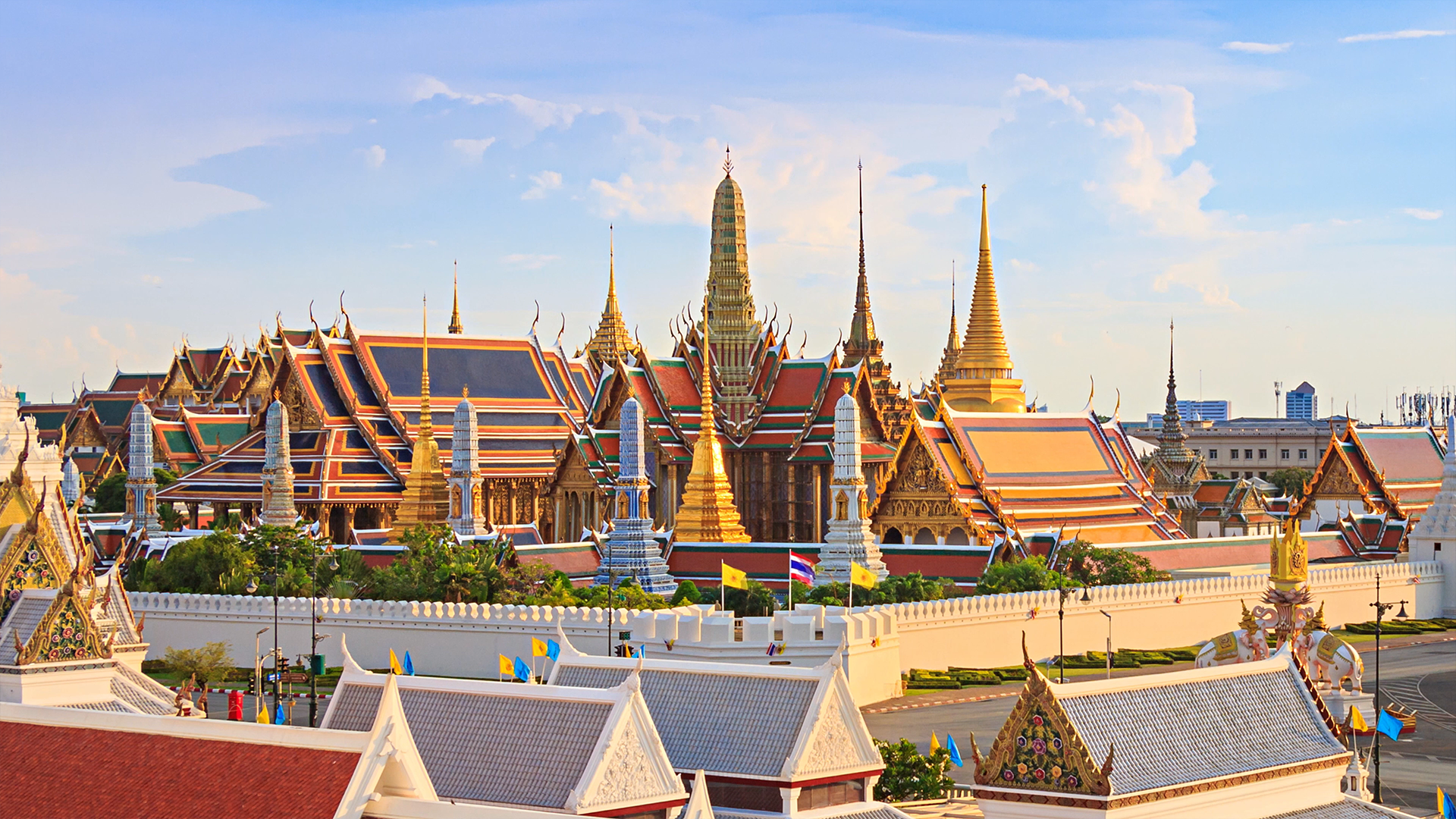
The temple complex is divided into three main groups of structures. The first is the Ubosot group, the most significant area, where the ordination hall houses the Emerald Buddha, surrounded by smaller halls and structures such as the Sala Rai, Phra Bodhidhatu Bhiman, Ho Phra Ratchaphongsanuson, Ho Phra Ratchakramanuson, the Belfry, and Ho Phra Khandharat. The second is the Raised Terrace group, located to the north of the Ubosot, featuring key monuments including the Phra Mondop (Library), Phra Si Rattana Chedi, Prasat Phra Thepbidorn, Phra Suwan Chedi, and the Royal Pantheon. The third is the Supplementary Structures group, which includes Ho Phra Nak, Phra Settakutakaraviharn Yot, Ho Monthian Tham, the Eight Prang (Phra Ashtamahachedi), the giant guardian statues, and the cloister galleries. The galleries are decorated with a continuous series of mural paintings—178 panels in total—depicting scenes from the Ramakien, the Thai version of the Ramayana epic, encircling all four sides of the compound.


